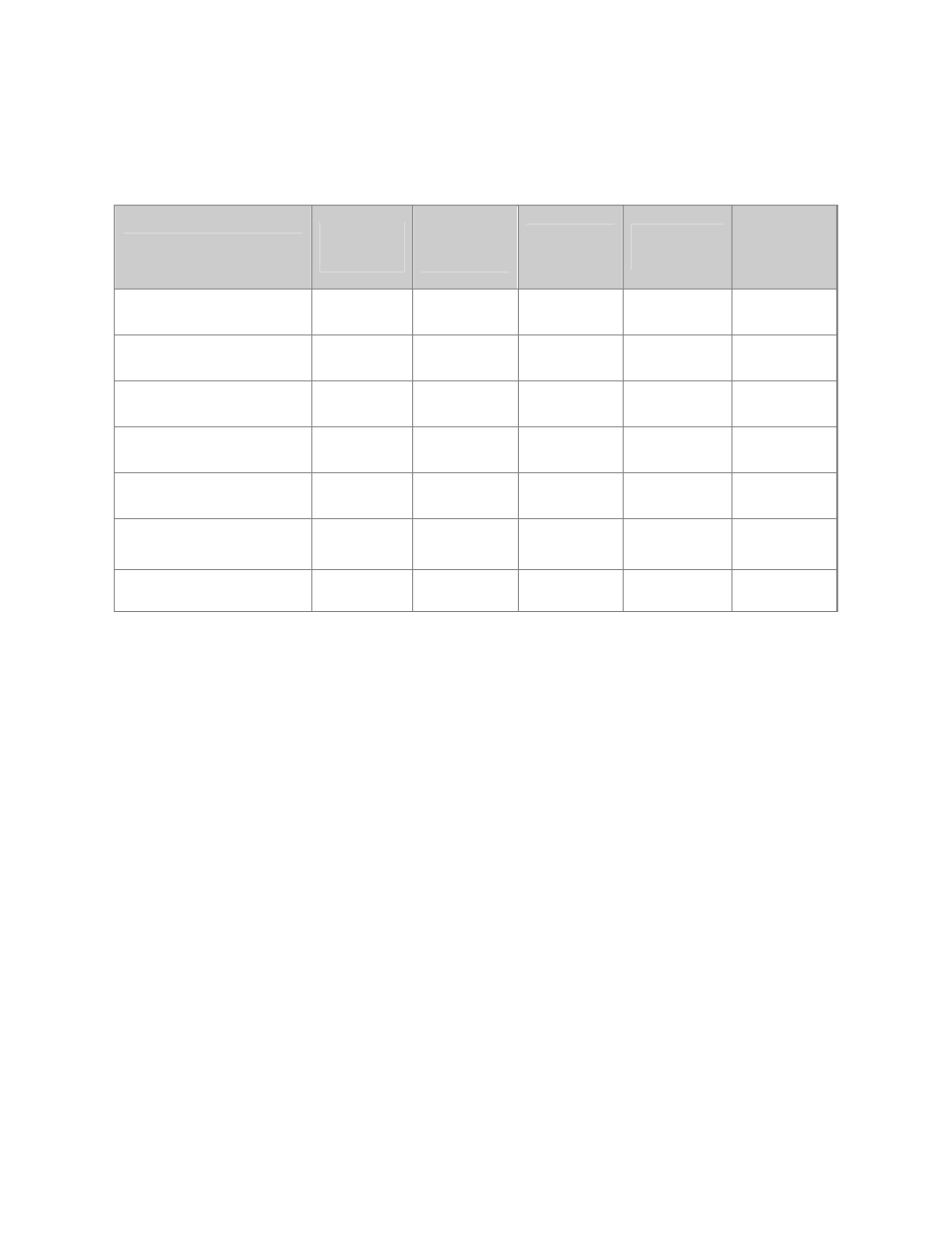Comparison of all tpc modes, Tpc m – Comtech EF Data CDM-IP 300L User Manual
Page 304

CDM-IP 300L IP-Centric Satellite Modem
Rev. 1
CD/CDMIP300L.IOM
278
9.3.3 C
OMPARISON OF ALL
TPC M
ODES
Mode
Eb/No at
BER = 10-6
Eb/No at
BER = 10-8
Spectral
Efficiency
Symbol
Rate
Occupied *
Bandwidth
for 1 Mbps
Carrier
QPSK Rate 1/2 Viterbi *
6.0 dB
7.2 dB
1.00 bps/Hz
1.0 x bit rate
1190 kHz
BPSK Rate 21/44 Turbo
3.0 dB
3.3 dB
0.48 bps/Hz
2.1 x bit rate
2493 kHz
BPSK Rate 5/16 Turbo
< 4.0 dB
< 4.0 dB
0.31 bps/Hz
3.2 x bit rate
3808 kHz
{O}QPSK Rate 1/2 Turbo
3.0 dB
3.5 dB
1.00 bps/Hz
1.0 x bit rate
1190 kHz
{O}QPSK Rate 3/4 Turbo
3.9 dB
4.3 dB
1.50 bps/Hz
0.67 x bit rate 793 kHz
8-PSK Rate 2/3 TCM **
and RS (IESS-310)
6.1 dB
6.6 dB
1.82 bps/Hz
0.56 x bit rate 666 kHz
8-PSK Rate 3/4 Turbo
7.0 dB
8.0 dB
2.25 bps/Hz
0.44 x bit rate 529 kHz
*
The occupied bandwidth is defined at the width of the transmitted spectrum taken at the
-10 dB points on the plot of power spectral density. This equates to 1.19 x symbol rate for
the CDM-IP 300L transmit filtering.
**
Included for comparative purposes.
It can be seen that the 8-PSK Rate 3/4 Turbo performance closely approaches that of the
Rate 2/3 TCM/Reed-Solomon case – the BER performance is within approximately 0.4
dB. However, it should be noted that the Rate 3/4 Turbo mode is 20% more bandwidth
efficient than the TCM case. The additional advantages of Turbo (lower delay,
performance during fades etc) should also be considered.